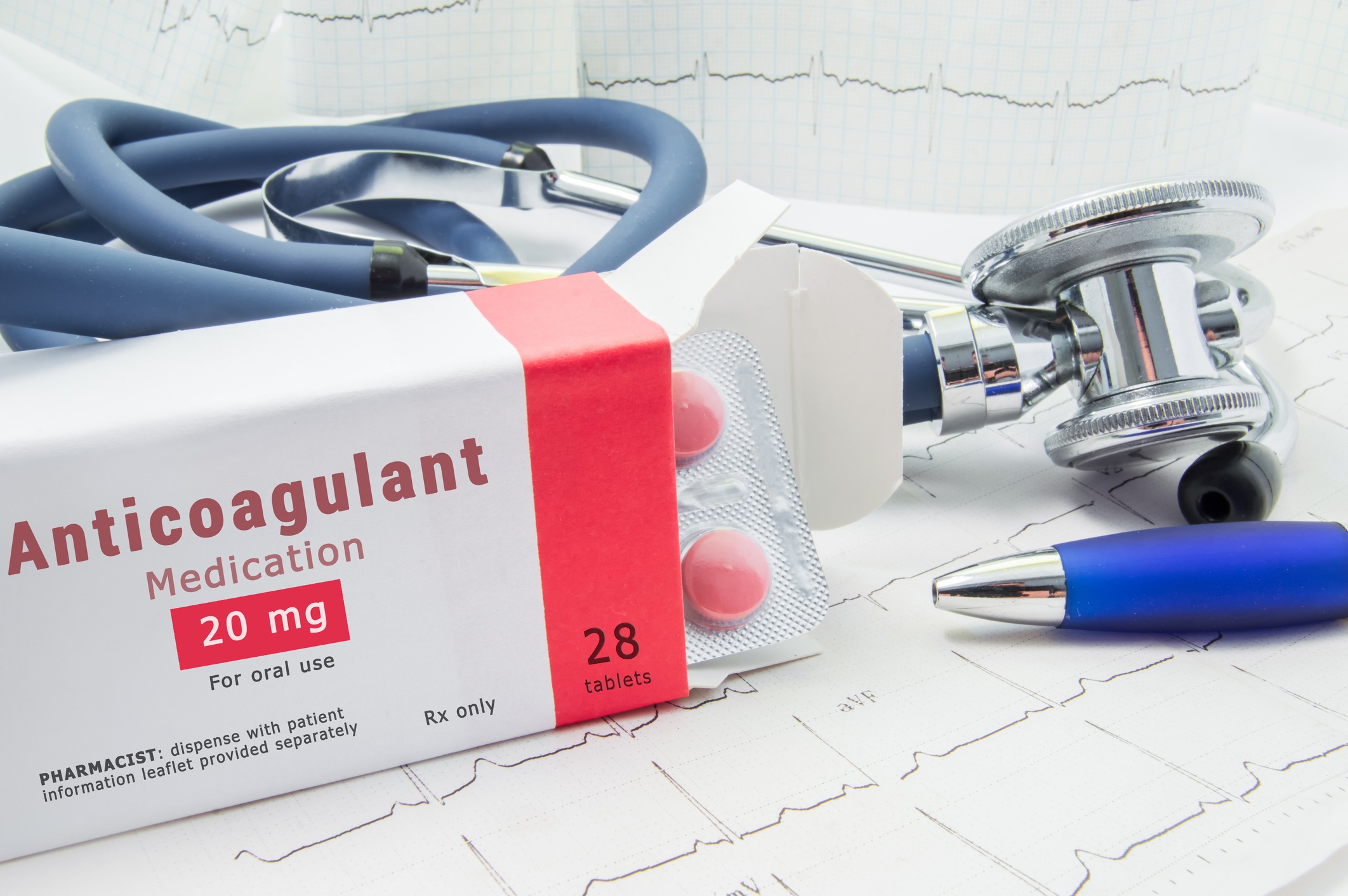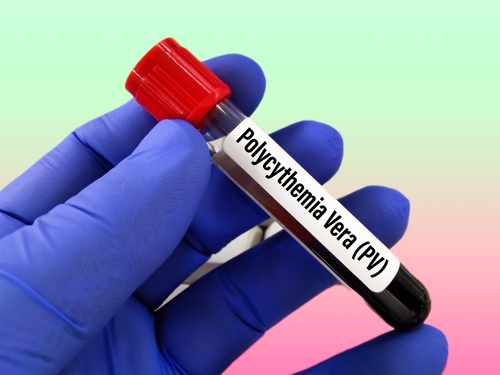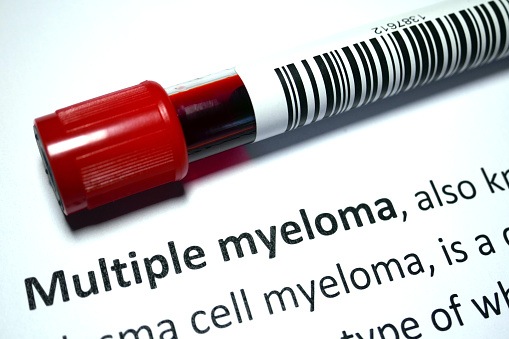
Editor’s Note: This article was co-authored by Dr. Sabah Skaf, a cardiologist and Assistant Director of Echocardiography at the Smidt Heart Institute at Cedars-Sinai Medical Center in Los Angeles. The bylined author, Dr. Siddharth Singh, is a member of the DocWire News Cardiology Editorial Board.
As the COVID-19 pandemic continues to rage, questions about optimal management of hospitalized patients remain. Varying rates of venous and arterial thromboemboli have been reported in acute COVID-19 infection. The hyperinflammatory response seen in COVID-19 along with elevated levels of coagulant factors, disruption of normal anticoagulant pathways and endothelitis all contribute to increase thrombotic risk. Inflammation giving rise to thrombosis and vice versa (thromboinflammation) plays an important role in disease progression and elevated levels of d-dimer (a marker for fibrinolysis) portend poor outcomes. Earlier observational studies suggested that patients with COVID-19 who were anticoagulated with heparin had improved outcomes than those who were not. However observational studies in this realm suffer from residual confounding, and confounding by indication. Moreover, early deaths in the non-anticoagulated group may introduce immortal time bias (patients have to long enough to be anticoagulated). Heparin is also purported to have antithrombotic, anti-inflammatory, and possibly antiviral properties. This understanding led to initiation of multiple randomized controlled trials with different selection criteria.
Recently complete results of two anticoagulation trials in COVID-19 patients were published in the New England Journal of Medicine. The investigators integrated three trials (REMAP-CAP, ACTIV-4A and ATT-ACC) that evaluated therapeutic-dose anticoagulation with heparin in patients hospitalized with COVID-19 into an open-label single multiplatform, randomized, controlled trial (comparator was usual thromboprophylaxis with heparin).
The multiplatform trial enrolled patients who were hospitalized with COVID-19, and stratified them in to critically ill and noncritically ill groups based on their disease state at the time of enrollment. ICU-level care was defined by the use of respiratory or cardiovascular organ support (oxygen delivered by high-flow nasal cannula, noninvasive or invasive mechanical ventilation, or the use of vasopressors or inotropes) in an ICU. Patients were excluded if more than 72 hours had elapsed since hospital admission for COVID-19 or since in-hospital confirmation of the presence of SARS-CoV 2. In the REMAP-CAP platform, patients were ineligible if 14 days had elapsed since admission. Patients with clinical indication for anticoagulation, high risk of bleeding, those on dual antiplatelet therapy and history of heparin induced thrombocytopenia were excluded.
The primary outcome was organ support–free days, evaluated on an ordinal scale that combined in-hospital death (assigned a value of −1) and the number of days free of cardiovascular or respiratory organ support up to day 21 among patients who survived to hospital discharge. Secondary outcomes that were reported included survival to hospital discharge, major thrombotic event or death, any thrombotic event/death and major bleeding.
The critical care arm of the trial was stopped in late 2020 when prespecified criteria for futility were met. Among the 1,098 patients, the median value for organ support–free days was 1 (interquartile range, −1 to 16) among the patients assigned to therapeutic dose anticoagulation and was 4 (interquartile range, −1 to 16) among the patients assigned to usual-care thromboprophylaxis (adjusted proportional odds ratio, 0.83; 95% credible interval, 0.67 to 1.03; posterior probability of futility [defined as an odds ratio <1.2, 99.9%). Almost 92% patients in the cohort came from REMAP-CAP cohort, and almost 72% were enrolled in the United Kingdom.
The moderate disease subgroup trial was stopped in early 2021, when prespecified criteria for superiority of therapeutic-dose anticoagulation were met. It should be noted that majority patients in both groups survived to hospital discharge without critical care organ support (median days 22). 80.6% patients in the therapeutic anticoagulation group and 76.4% in the usual thromboprophylaxis group survived to hospital discharge without need for critical care organ support [OR=1.27 (95% CI, 1.03 to 1.58); probability of superiority of therapeutic-dose anticoagulation, 98.6%].
As would be expected, increased rates of major bleeding were noted with therapeutic-dose anticoagulation (3.8% versus 2.3% in the critical care arm, OR=1.48; 95% CI, 0.75 to 3.04; 1.9% versus 0.9 in the moderate disease arm , OR=1.80; 95% CI, 0.90 to 3.74).
Interpreting the Early Stoppage of the Trials
Reading between lines, one of the key points to consider when evaluating these trials was that they were stopped early due to accumulating evidence to indicate futility (or benefit). Although strict and robust statistical criteria are used to adjudicate termination of enrollment, clinicians are left in the lurch when a trial is stopped early for futility. It can be difficult to interpret a negative study and the estimated treatment effect may be biased downward. Conversely trials stopped early for benefit may overestimate the true treatment effect.
While interpreting both trials stopped early (for different reasons), it is important to remember that about 70% of the critical care cohort came from the United Kingdom, while almost 50% of the moderate disease cohort was enrolled from the United States. Readers need to bear in mind that there can be regional differences in how critical care medicine is practiced. This issue becomes important as trials (in other diseases) that have shown differences in outcome of interest based on national origin. However we are not able to examine outcomes of COVID-19 patients by region-of-interest in these trials due to their early termination.
In the moderate disease group, 79.6% in the therapeutic arm received therapeutic-level anticoagulation, while 27.2% in the prophylaxis arm received either intermediate dose or therapeutic anticoagulation (0.9%). The difference was exaggerated in the critical care group, where 77.6% received therapeutic anticoagulation (8.3 subtherapeutic) and only 40.4% in the prophylactic arm received low dose prophylaxis! Interestingly 51.7% in the thromboprophylaxis critical care arm received intermediate dose anticoagulation (which has been popular in the critical care community). One is left wondering whether this contamination in both arms biased the results towards null, and if this should have factored in to decision to stop both trials.
What the Combined Data Tell Us
So what we do we make of the disparate results between the critically ill and moderately ill subgroups of the trial?
The results suggest that there may not be much benefit to routine use of therapeutic-dose anticoagulation with heparin in critically ill COVID-19 patients with need for respiratory or cardiovascular organ support. These patients are far sicker than the ones with moderate COVID-19, and the inflammatory process may be too advanced for anticoagulation with heparin to have any meaningful benefit. The benefits of anticoagulation need to be carefully weighed against risks of bleeding in patients who do not meet an established clinical indication for anticoagulation. This is because either no benefit is expected, or the actual benefit derived is small. Immune-modulating strategies like steroids and IL-6 blockade should be considered early on in this population. If a decision to anticoagulate is made, use of unfractionated heparin or low molecular weight heparin may be preferred over novel anticoagulants due to the former’s purported anti-inflammatory and possible antiviral effects. Use should be mostly restricted to patients having a pressing indication for therapeutic anticoagulation. However due to high incidence of DVT/PE in critically ill COVID-19 patients, one may need to have a high index of suspicion for diagnosis. Early on in the disease process (mild to moderate disease) routine use of anticoagulation may have a modest effect on preventing thrombotic events and limiting clinical worsening needing organ-support. Although the trials did stratify results by d-dimer levels (high, low, not measured), the study design does not test the hypothesis whether rapidly increasing d-dimer levels should lead to initiation of anticoagulation and work up for thrombosis.
Victor Tapson, MD, Professor of Medicine and Associate Director of Pulmonary and Critical Care Medicine, and Director of Venous Thromboembolism Research at Cedars Sinai, summarized the current controversial landscape as follows: “While the results suggest potential benefit in noncritically ill patients but not in the critically ill population of COVID-19 patients, questions still remain. Limitations in trial design, and differences in populations, practices, and resources among medical centers around the world have made it challenging to interpret results of anticoagulation trials in these patients and have thus, made it difficult to make standardized recommendations. We can say that we should not routinely administer therapeutic anticoagulation to critically ill COVID-19 patients without proven thromboembolism. In both the critically ill, and noncritically ill, we must carefully assess the risk of both thromboembolic disease and major bleeding, cautiously consider therapeutic doses in the noncritically ill, and continue to practice the art of medicine.”
References
- Therapeutic Anticoagulation with Heparin in Critically Ill Patients with COVID-19. N Engl J Med. 2021;385(9):777-789.
- Therapeutic Anticoagulation with Heparin in Noncritically Ill Patients with COVID-19. N Engl J Med. 2021;385(9):790-802.
- Cate HT. Surviving Covid-19 with heparin? N Engl J Med. 2021;385(9):845-846.







 © 2025 Mashup Media, LLC, a Formedics Property. All Rights Reserved.
© 2025 Mashup Media, LLC, a Formedics Property. All Rights Reserved.